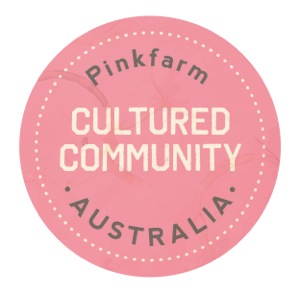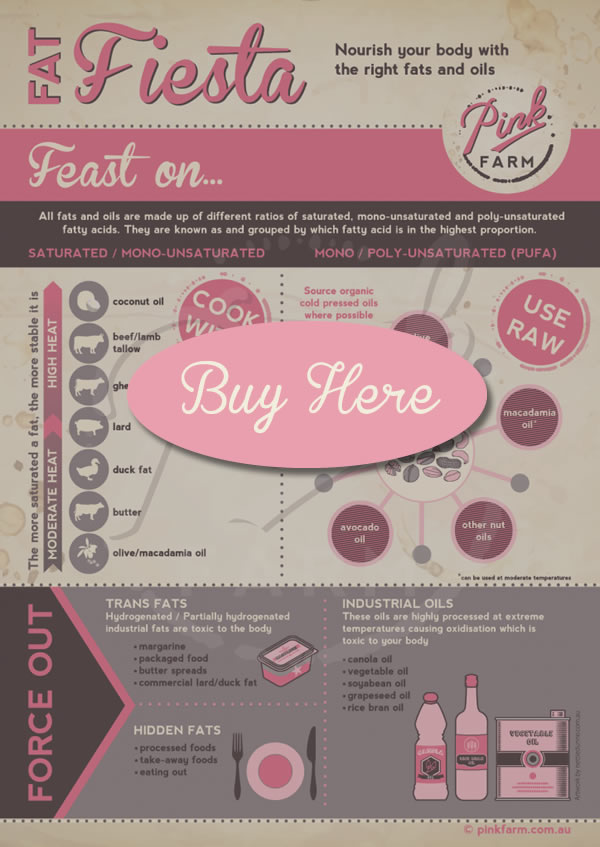Cornstarch or Arrowroot?
Cornstarch is a very processed substance used widely as a thickening agent. A process of steeping, fermenting, separating, washing, and drying gives you cornstarch from the endosperm at the centre of the corn kernels. Cooked (heated) cornstarch raises the blood sugar levels even faster than sugar. Cornstarch is also used to manufacture bio-plastics. It is not considered a ‘healthy‘ product and has very few nutritional benefits.
Arrowroot Flour (True Arrowroot NOT Tapioca) is derived from the rhizome or root of the arrowroot plant that is dried then ground to a fine powder. It is a native plant of the West Indies and the flour has been used for centuries by the West Indian natives (the Arawaks) to draw poison from wounds caused by poison arrows. Historically it has also been used in conjuction with other plants to treat fungal infections and as an anti-inflammatory salve for bruises and sprains.
With increasing numbers of people suffering from gluten and corn allergies, Arrowroot Flour is becoming more widely used as an alternative to cornstarch. It is a minimumly processed flour high in protein, B Vitamins and folate. Arrowroot flour also helps to regulate the body’s acid/alkaline balance. It mixes readily with cold liquids or can be added to warm liquids as a thickening agent.
Where to buy?
Cornstarch can be purchased at supermarkets. White Wings Cornstarch is pure cornstarch, where as Feilders Cornflour is actually wheaten cornstarch and is not suitable for people who have intolerances to gluten.
True Arrowroot Flour can be bought from most health food stores and or co-ops. The ingredient list must read “true arrowroot” or “arrowroot”, and not Tapioca starch. Tapioca is a completely different product. The Gluten Free Co in Australia provide an Organic True Arrowroot Powder, that is actually a product of Thailand. It is free from preservatives and retails for about $12/kg.









 "Pinkfarm” has been created by 2 friends on a real food journey; learning, sharing, creating, inspiring and challenging politically correct nutrition. A country girl living on a farm on the beautiful Atherton Tablelands with a bustling house of 5 children and a city girl living in a metro Sydney townhouse with 1 beautiful son.
"Pinkfarm” has been created by 2 friends on a real food journey; learning, sharing, creating, inspiring and challenging politically correct nutrition. A country girl living on a farm on the beautiful Atherton Tablelands with a bustling house of 5 children and a city girl living in a metro Sydney townhouse with 1 beautiful son.







